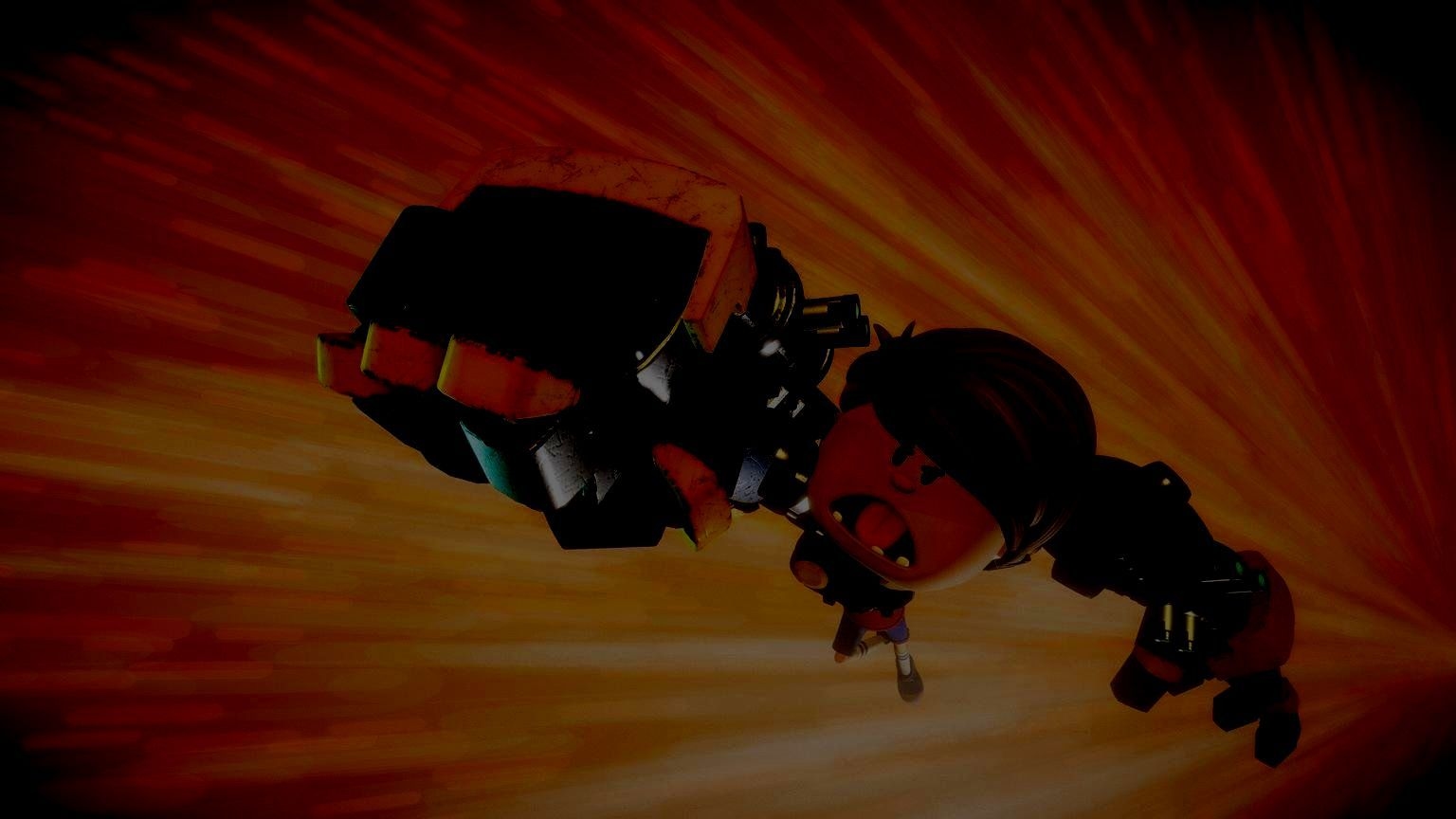
What is 3D animation?
How does 3D animation work?
3D animation is created by using different software programs and tools like Maya, Blender, and 3ds Max to create 3D animation.
First, an artist must build 3D models, or “meshes,” which are then rigged with a skeleton or “armature” system. The rigged models can then be manipulated and animated according to the animator’s vision. The animation is then rendered as a sequence of images, typically at 30 frames per second. When the animation is played back in succession it creates the illusion of motion, a virtual three-dimensional environment, or "world." This world can be populated with various 3D objects, including characters, props, and scenery.
The artist can then begin to animate the objects within the 3D environment. This is done by creating a series of “keyframes.” Keyframes are like snapshots of characters or objects taken at different points in time. They show how things in that 3D environment should look and move at specific moments.
The software program will automatically generate the necessary steps to transition from one keyframe to the next. This process is known as “tweening.” By carefully planning out each keyframe, the artist can create a fluid and realistic animation.
Why is 3D animation important?
There are many advantages 3D animation has over traditional animation techniques. It enables animators to create environments, characters, and objects that appear more realistic than 2D animation.
This is because objects in a three-dimensional space can be more accurately represented than those in two dimensions. As a result, 3D animation is often used for scenes that involve complex movements or actions, such as flying or explosions.
3D animation provides a greater sense of depth and scale, making it ideal for showing large landscapes, crowds, or altered realities. The use of three-dimensional models also makes it possible to create images that would be impossible or extremely difficult to generate with traditional animation techniques. This has made 3D animation tools like Cinemachine essential for filmmakers and video game developers who want to create high-quality and visually compelling scenes.
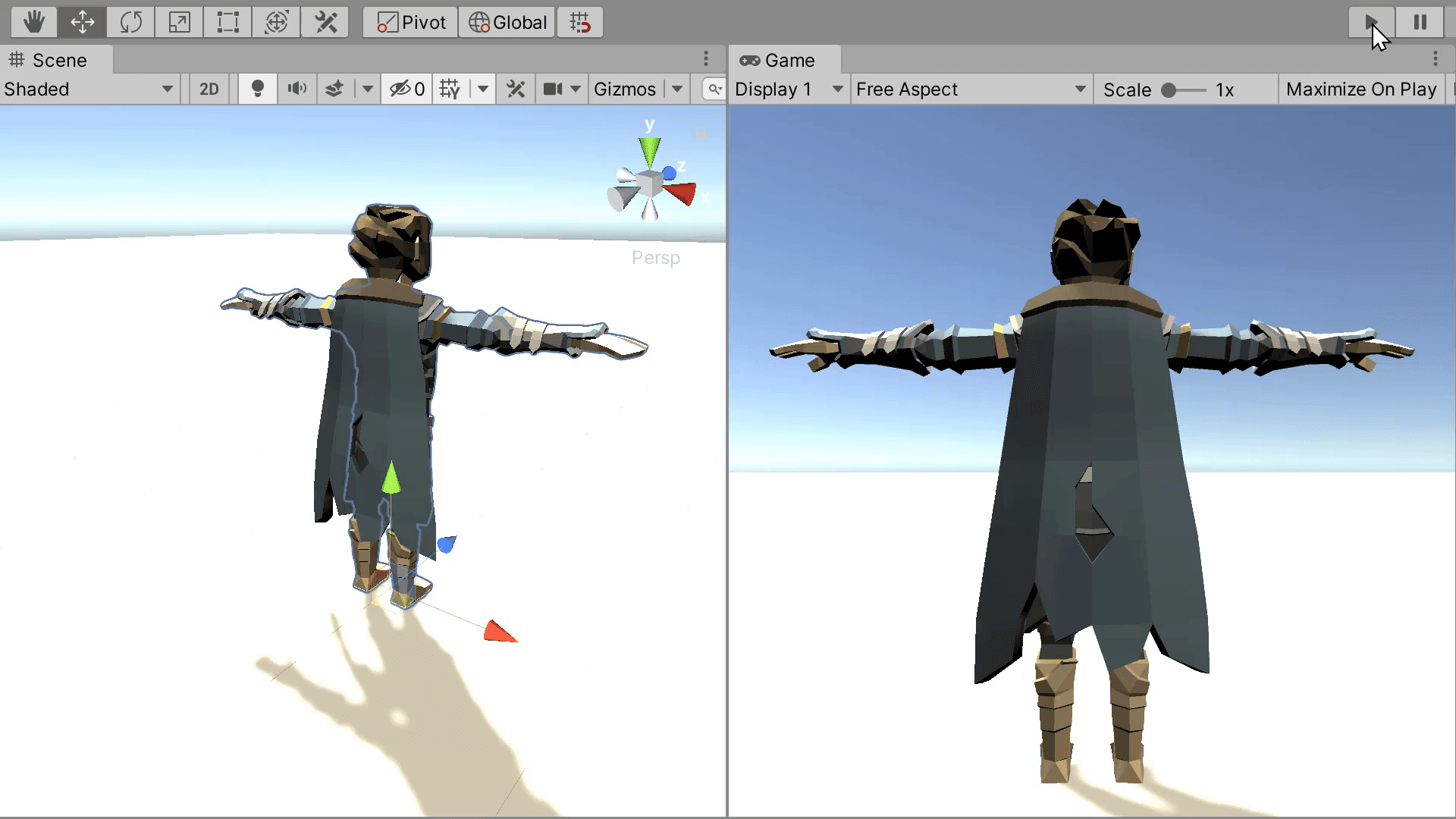
Real-time animation
Real-time animation is a type of computer animation that is created using special software and hardware – often known as game engines – to generate images that can run in real-time. This means the animation can be displayed at the intended frame rate without waiting for renders, making it possible to interact with the characters and objects on screen and see the results instantly.
Real-time animation is commonly used in video games. In recent years, it has also been used in the virtual production of films, TV shows, and live broadcasts.
To create real-time animation, an animator first creates a 3D model of the object or character they want to animate. Next, they add rigging, which is a system of joints and bones that gives the model a skeleton. The animator then applies movement data to the rigged model, which brings the character to life. Finally, the animator adds textures and lighting to create a realistic look.
For example, if a character in a video game is moving across the screen, the software will generate the appropriate images for that character’s movement. These images are then rendered in real-time. This gives animators the ability to change the movement or design of their animation instantly, even enabling the use of the same animation asset across multiple projects. Animations that can run in real-time also allow players to control the action on screen.
Real-time animation can also be used for simulations and other types of interactive applications. While real-time animation used to be limited to simple graphics, it has now evolved to create highly realistic images.
2D vs 3D animation
For years, film animation was primarily produced in two dimensions. However, the introduction of computer-generated imagery (CGI) ushered in a new era of 3D animation. Today, a variety of techniques are used to produce both 2D and 3D films. So, what are the key differences between these two types of animation?
2D film animation is created with drawings or paintings on transparent celluloid sheets that are photographed and placed together in a frame. When the frames are projected in rapid succession, the images appear to move. 2D film animation can be hand-drawn or computer-generated. In both cases, the process begins with creating the individual frames, or “cells.” For hand-drawn animation, each frame is drawn on paper. For computer-generated animation, each frame is created using software such as Adobe Photoshop, After Effects, or Unity. Once the frames have been created, they are photographed and edited together to create the final animation.
3D film animation is created by rendering three-dimensional products on a two-dimensional surface. The objects are then lit and photographed from various angles, and the resulting images are composed into a sequence. This sequence is then played back at a high frame rate, creating the illusion of movement.
3D animation can be more realistic, but it can also be more expensive and time-consuming to produce due to the reliance on software. 2D animation is often cheaper and quicker to produce than 3D animation. 2D animation can also be more flexible when it comes to changes or corrections. On the other hand, 3D animation provides a more realistic look and feel, and is better suited for films with action-packed scenes or complex locations. Both types of animation have their own strengths and weaknesses, so the decision about which type of animation to use depends on the specific needs of the project.
Access our free courses and learn 3D Animation
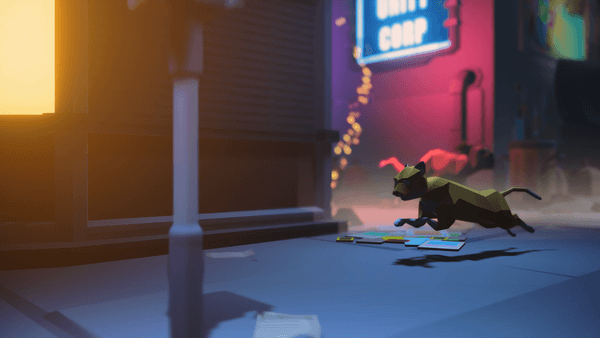
Animated storytelling
This video series shows you how to tell a story through real-time animation by creating characters, environments, and interactions. Learn to develop previsualization skills, animate characters, film a story, and much more.
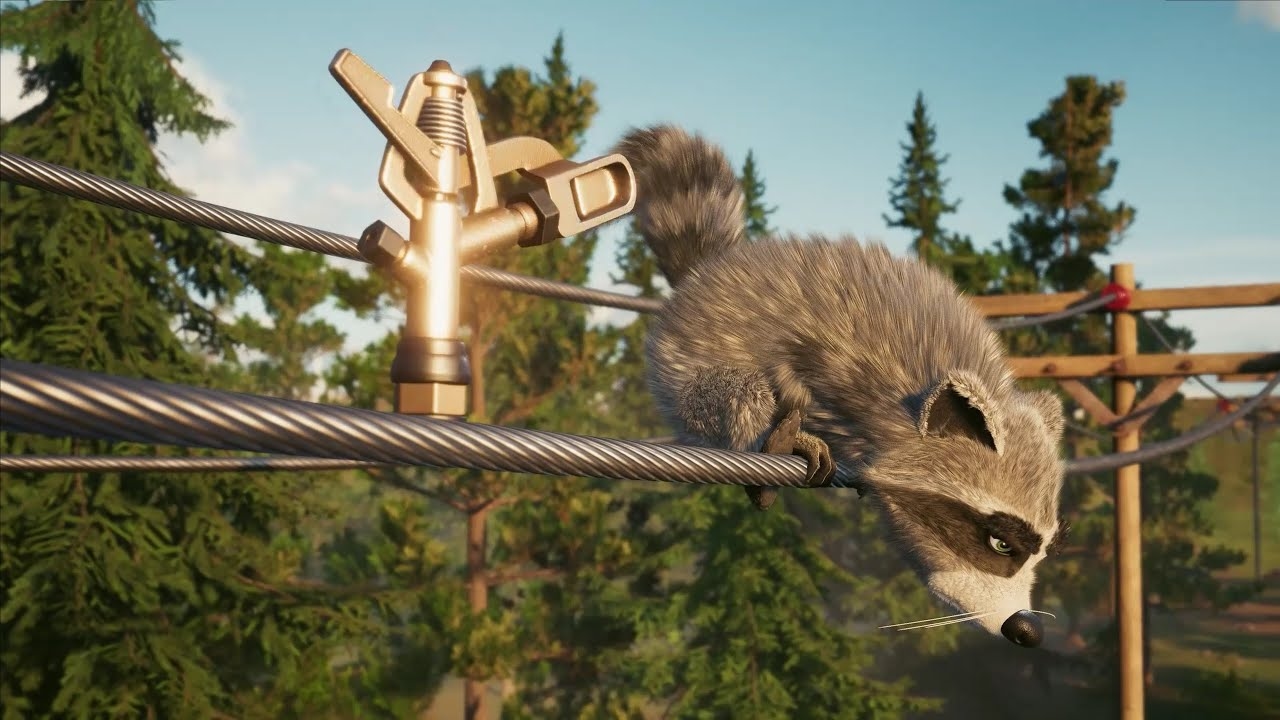
3D Animation systems
This bundle of videos shows you how to use the 3D animation systems in the Unity Editor. Create and modify basic animations, get an in-depth review of the core concepts of scripting and animation, and more.
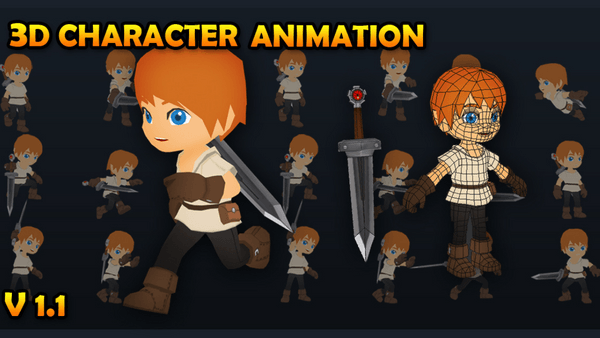
3D character animation
This video series shows how to create character animation and avatars in Unity. You start by creating a basic humanoid avatar, and then author root motion for the character. Plus, learn about avatar masks.

Discover the possibilities of 3D animation
3D animation offers a wide range of possibilities for both creators and businesses. Businesses can use 3D animation to create product demonstrations, marketing videos, or even educational content. Check out the incredible animations in this video, made with Unity by content creators from around the globe.
Animated shorts: How were they made?
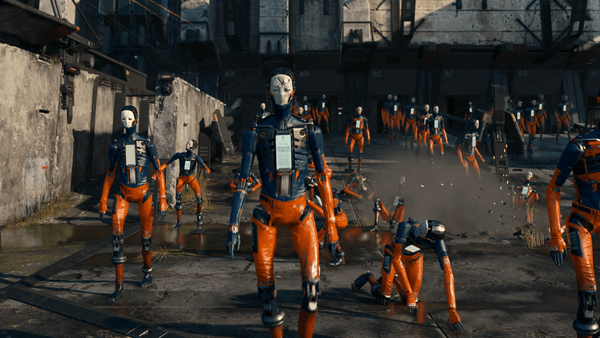
ADAM
The convict's body has been taken from him, and in its place is a machine-filled shell. The world that he once knew remains distant as memories of family are lost amidst an overwhelming sense of loss—but something else stirs deep within this new reality: resistance. This short film demonstrates what developers can achieve when using cutting-edge technology to create quality graphics, and telling stories with innovative gameplay mechanics designed to engage players
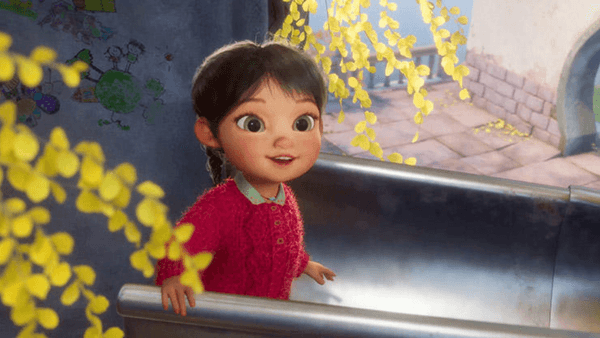
WiNDUP
In WiNDUP, a father tries to stay connected with his unconscious daughter through music. He plays the windup box and hopes she can hear it while fighting against all odds in this emotional struggle for self-preservation. There is a beautiful message that rings out through this immersive experience where you are taken on an emotional journey brimming over at times into darkness before finding yourself back home again.
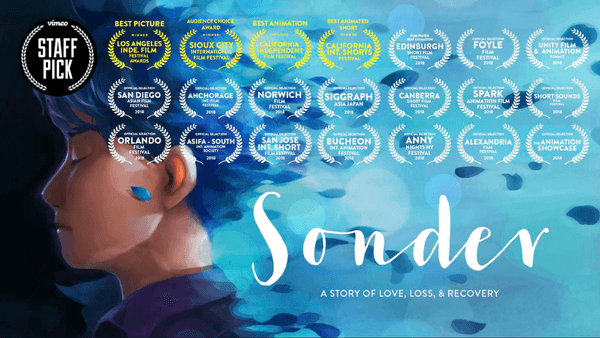
Sonder
Sonder is a thought-provoking short film that follows the story of two strangers who meet by chance and form a deep connection. Though they come from different backgrounds, they find common ground in their shared experience of loss and grief. This multiple award-winning film explores the power of human connection and the strength we can find in one another.
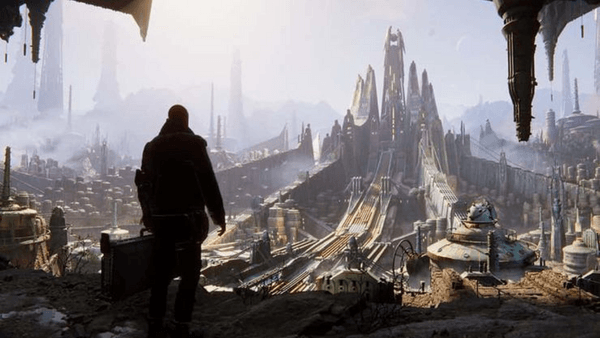
The Heretic
The Heretic features two entirely VFX-based characters, Boston and Morgan. Created with real-time tools building complex models that navigate their environment by wirelessly interacting with each other and objects around them.
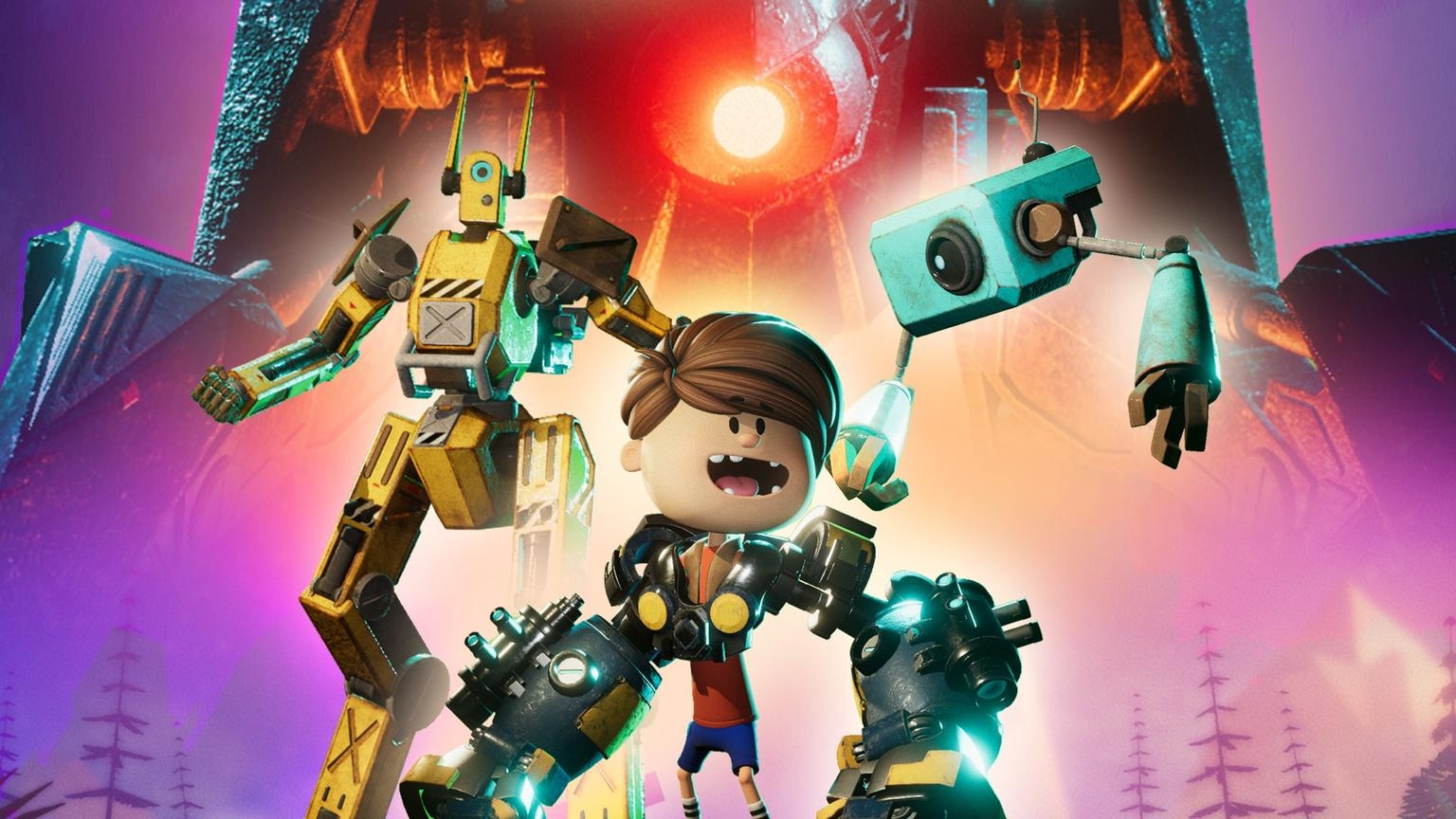
Norman's Island
Norman’s Island is a heartwarming story about friendship, community, and fighting for what’s right. The film follows the story of Norman, an islander who is content with his life on the small island he calls home. However, when a group of developers comes to the island with plans to build a resort, Norman’s idyllic life is turned upside down. With the help of his friends, Norman must find a way to stop the developers and save his home.
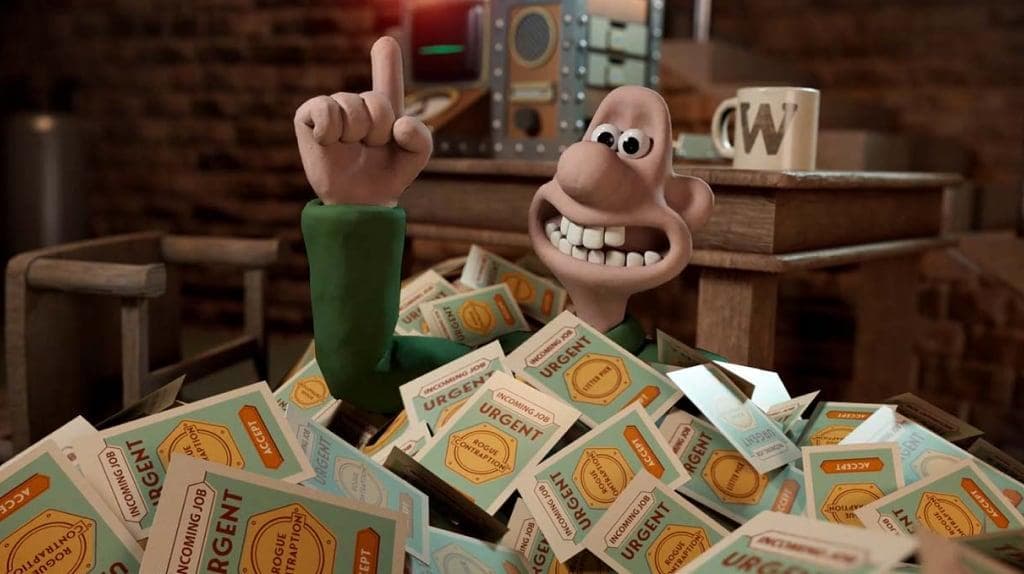
Unity brings real-time workflows to animation content creators. Learn how you can harness the power of real-time rendering to help speed up animation workflows. Get in touch to access our suite of 3D animation products.